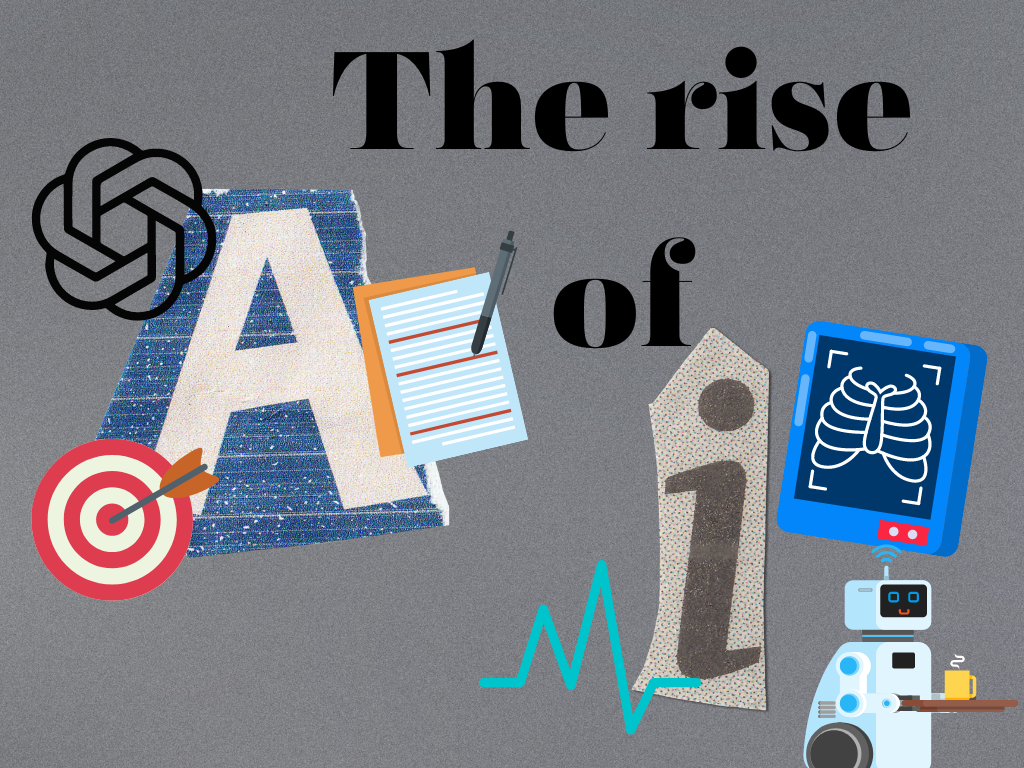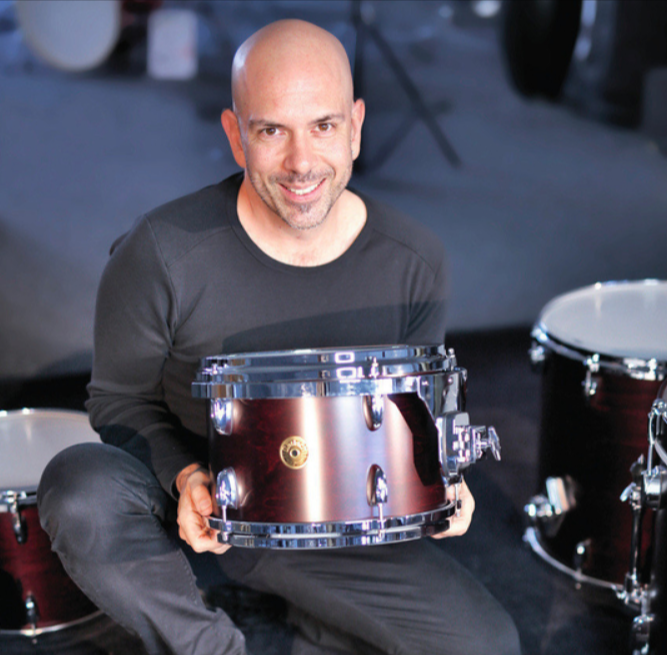The term “AI” evokes many different ideas and feelings. Some think of AI-generated art, AI writing and essays, and AI-generated videos. Others think of privacy risks, job loss, and deep fakes. For students, they may think of AI as quick and easy homework help. Other students may see it as a way to draft an essay, or write an entire essay. The abstract nature of “AI” allows people to conflate several specific understandings of the concept, but the reality shows a multifarious tool that, like many technological advances, could be used for good or evil.
It’s not old news that students use AI, more specifically AI websites like ChatGPT. In fact, nearly half of all students in grades 10-12 use AI tools for school, mostly for homework help. Although this raises concerns of cheating and academic dishonesty, it also shows that it’s a tool for students to use when they are lost and confused on homework. AI has in-depth answers to questions, which is very helpful to students, showing it can be used as a helpful and positive tool instead of an outright negative one.
AI is abstract and has a variety of purposes, but many only think of one thing when thinking of AI. In reality, AI has a variety of uses and applications in our everyday lives.
There are many more positive uses to AI that aren’t as well-known, one being in the medical field. Everyone is prone to mistakes, even doctors. But with AI tools, it can reduce the amount of errors or mistakes made. In medical imaging, AI tools can search and find lesions or other medical problems in CT scans, x-rays or even MRIs, that radiologists might miss otherwise. Not only does it reduce errors but it can also reduce the costs of medical care through reducing medication errors, which would be helpful to those who don’t seek out treatment due to high medical bills.
Artificial Intelligence is an assistant in the medical field for doctors and nurses, and it’s highly unlikely it will go any further than that. But in many other fields, AI might be managing a full time job in the near future.
Except it’s not any job, like the CEO of a famous company. AI performs repetitive jobs, so the jobs are menial, like mailing letters. This could replace boring and repetitive jobs, allowing more creative and engaging jobs to open up for humans. For example, a cafe in Tokyo, Japan, has robot waiters that are operated remotely by people with disabilities. This allows workers to engage with customers from the comfort of their homes or hospitals, and get paid for doing so.
Although new jobs could appear out of the rise of AI, the fear of unemployment from them is a major worry in people, especially those who use AI themselves. Artificial intelligence can take the form of robots, which poses a risk to jobs. Many customers are noticing the move to self checkouts in stores, minimizing the amount of salespersons, thus creating a job loss.
Another concern is bias in AI. AI systems learn based on training data, which can have biases from discriminatory data. For example, training data for facial recognition that over-represents white people could create errors for people of color in facial recognition. This could mean that if a person of color were to use facial recognition, AI might have an error in recognizing them because it wasn’t adequately trained. This would represent a bias in real life towards the exclusion of certain groups from society.
There is also a lack of creativity within AI. AI art relies on art that’s already created, which it then uses to combine multiple pieces together. This has raised questions about AI stealing artist’s pieces that are displayed online. One Tennessee artist Kelly McKernan noticed their name was being used with AI image generators. They then discovered that their name could be fed to the generator as a way to create images using their art style. Although it’s not outright stealing, many artists are uncomfortable with their name, or art, being used through AI.
With AI’s progression, more positive and negative uses will be discovered, and its uses and misuses will be defined. Regardless of the negative uses, the future of AI looks bright.






